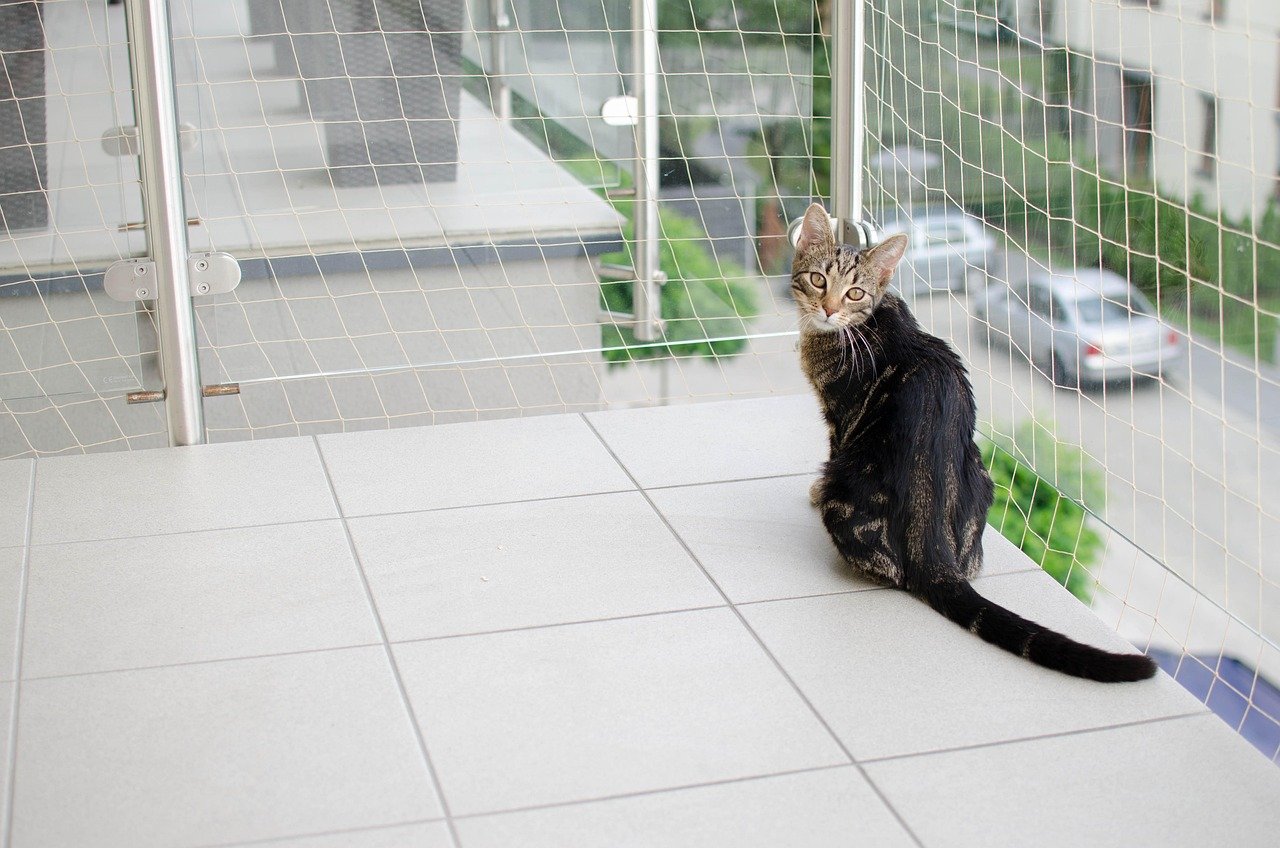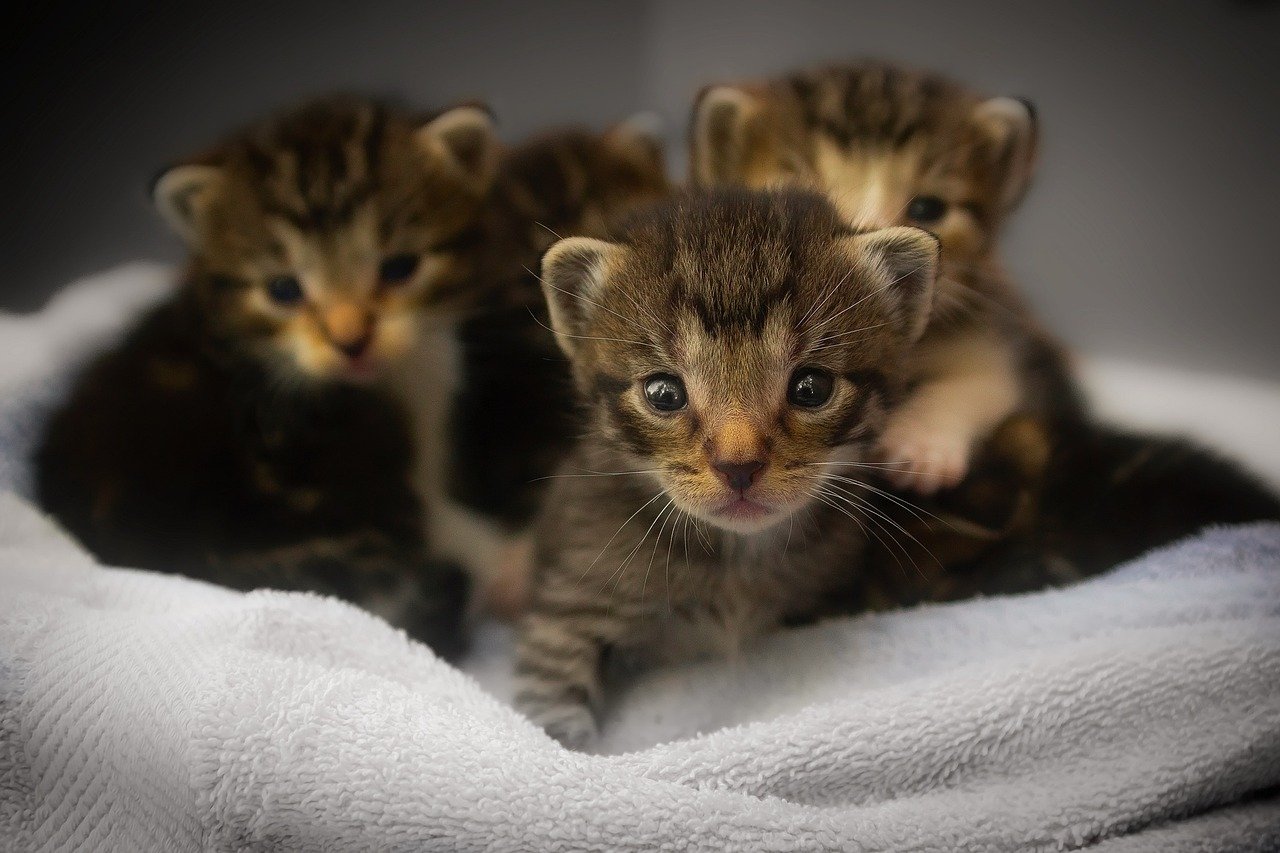Have you ever opened your heart and home to a rescue cat, only to feel like you’re living with a tiny, furry stranger? Maybe you dreamed of cuddles and purrs, but instead, you got hisses, hiding, or cold shoulder stares from under the couch. It’s a gut punch, isn’t it? But here’s the surprising truth: even the most troubled beginnings can turn into beautiful, lasting bonds. Reconnecting with a rescue cat after a rocky start is possible—and can be one of the most rewarding journeys you’ll ever take. Let’s unravel the mystery together, step by step, with patience, understanding, and a pinch of hope.
Understanding Why Things Went Wrong

Before you do anything else, pause and try to see the world through your rescue cat’s eyes. Imagine being uprooted from everything familiar, shuttled between places, surrounded by new faces and smells. It’s no wonder some cats shut down or act out. Often, rescue cats come with a suitcase full of past traumas—maybe they were abandoned, neglected, or just never learned to trust people. It’s not about you being a “bad” owner or them being a “bad” cat. It’s just fear, confusion, and self-protection. When you view your cat’s behavior with empathy, it’s easier to let go of frustration and start fresh. Remember, every odd reaction or distant stare is a puzzle piece in their story.
The Importance of Patience

Patience is more than a virtue—it’s your superpower right now. Reconnecting with a wary rescue cat can feel like waiting for rain in the desert. Some days you’ll see progress, other days it might feel like you’re back to square one. That’s okay. Cats operate on their own timelines. If you rush or force interactions, you’ll only make things worse. Instead, show up consistently, offer gentle gestures, and let your cat set the pace. Think of patience as planting seeds—you may not see blooms right away, but with care, they’ll eventually grow into trust.
Giving Your Cat Space to Breathe

One of the most loving things you can do is to give your rescue cat plenty of room—physically and emotionally. Set up a safe space, like a cozy corner or a quiet room, where your cat can retreat whenever things feel overwhelming. Stock it with soft bedding, favorite toys, and maybe even a cardboard box (cats love those safe, enclosed spaces). Avoid crowding or chasing your cat, no matter how much you want to “fix” things. Let them come to you when they’re ready. Just being nearby, without expectations, speaks volumes.
Using the Power of Routine

Cats crave predictability, especially after a chaotic start. Establish a daily routine for feeding, playtime, and quiet moments together. Try to feed your cat at the same times every day, using the same bowls in the same spot. Even something as small as greeting your cat each morning with a soft “hello” can build familiarity. Over time, routines become comforting, helping your cat feel safe and cared for. It’s like building a bridge, one reliable moment at a time.
Speaking Cat: Reading Body Language

Cats have their own language, and it’s not always obvious. Watch for subtle cues—flattened ears, flicking tails, dilated pupils, or slow blinks. These signals tell you how your cat is feeling. If their body is tense or they’re crouched low, they may be scared or uneasy. If they approach with a relaxed tail or give you a slow blink, it’s a sign of trust. Learning to “speak cat” helps you respond appropriately, building a foundation of understanding instead of misunderstanding.
The Magic of Food and Treats

Food is a universal love language—even for cats. Use tasty treats to create positive associations with your presence. Try offering treats from your hand, but don’t be discouraged if your cat isn’t ready for that. Sometimes, simply tossing treats nearby is enough to start. Mealtime can also be bonding time. Sit quietly in the same room while your cat eats, showing you’re not a threat. Gradually, your cat may begin to associate you with good things, making every meal a step towards trust.
Play as a Pathway to Bonding

Play isn’t just fun—it’s healing. Interactive toys, like feather wands or laser pointers, tap into your cat’s natural hunting instincts and help reduce stress. Choose quiet, gentle toys at first, and avoid anything that makes loud noises or sudden movements. Play sessions give your cat a chance to “win” and feel confident around you. Over time, you’ll notice your cat watching you more, maybe even inviting you to play. That’s a huge sign you’re on the right track.
Gentle Touch: When and How to Start Physical Contact

If your cat is skittish, don’t rush into petting. Instead, let your cat come to you, and don’t force touch. When they seem curious or relaxed, offer your hand for a sniff, fingers curled inwards to appear less threatening. If your cat rubs against you or leans in, try a gentle stroke along their back or cheek. Watch their reaction closely—if they pull away, respect their boundaries. Even brief contact is a victory. With time, gentle touch becomes a source of comfort instead of fear.
Using Your Voice to Soothe

The sound of your voice can be incredibly reassuring, especially when it’s calm and steady. Speak to your cat softly, using their name and soothing tones. Some people find that reading aloud or humming gently helps their cat relax. Avoid shouting, scolding, or sudden loud noises, as these can set back trust. Over time, your cat will come to recognize your voice as something safe and familiar, not something to be feared.
Creating Positive Associations With Your Presence

Every positive experience your cat has with you is a building block for trust. Sit quietly in the same room, offer treats, play gently, or just be present while your cat does their own thing. Over time, your cat will start to associate you with safety and good things. Even if your cat just sleeps near you or watches you from across the room, that’s progress. Celebrate these small wins—they add up.
Respecting Setbacks and Bad Days

Healing isn’t linear. Some days will feel like you’ve made huge strides, only to have your cat retreat or hide the next. This can be discouraging, but it’s completely normal. Don’t take setbacks personally or see them as failures. Instead, see them as part of the process. Give your cat space on tough days and return to the basics: patience, routine, and kindness. Sometimes, a step back just means your cat needs a bit more time.
Addressing Fear and Aggression

If your rescue cat lashes out or acts aggressively, it’s almost always rooted in fear. Don’t punish or yell—this only deepens their mistrust. Instead, try to identify what triggers their fear. Is it a particular sound, movement, or person? Once you know, do your best to minimize those triggers and give your cat extra space. If aggression persists, consider seeking help from a feline behaviorist or your vet, who can guide you in calming techniques and safe interactions.
Building Trust Through Predictable Actions

Cats are masters of observation. They notice your every move, especially if their trust has been shaken. Be consistent in your actions—move slowly, speak softly, and keep routines steady. Over time, your cat will learn that you’re not unpredictable or scary. Predictability is comforting for cats. When your cat knows what to expect, they can finally let their guard down and start to trust you.
Harnessing the Power of Scent

Scent is everything to a cat. You can use this to your advantage by leaving a worn T-shirt or blanket with your scent in your cat’s safe space. This helps your cat get familiar with your smell, even when you’re not around. You can also gently rub a soft cloth on your cat’s cheeks and then on their bedding, blending their scent with yours. This kind of scent-sharing can work wonders, making your presence feel more familiar and less threatening.
Using Feliway and Other Comfort Tools

Feliway diffusers release calming pheromones that can soothe anxious cats. Plug one in near your cat’s favorite spot, or use sprays on bedding or carriers. Soft music, white noise machines, or even heated pet beds can also comfort a nervous cat. Each small comfort helps chip away at your cat’s stress, making your home feel safe and inviting. These tools aren’t magic, but they can make a tangible difference.
Involving the Whole Household

If you live with other people or pets, it’s important that everyone is on the same page. Teach family members to respect boundaries, speak gently, and avoid sudden movements. If you have children, show them how to interact quietly and calmly. With other pets, take introductions slowly and never force interactions. When your cat sees that everyone is gentle and predictable, it reinforces the sense of safety throughout your home.
Celebrating Every Small Victory

Sometimes progress is so slow, it feels invisible. Maybe your cat finally ate a treat near you or stayed in the same room for five minutes. Celebrate these moments! Each tiny step is a sign of growing trust. Keep a journal or take photos to remind yourself how far you’ve come. Recognizing progress—even when it’s small—keeps you motivated and hopeful.
Knowing When to Seek Professional Help

Sometimes, despite your best efforts, things just don’t seem to improve. If your cat remains terrified, aggressive, or withdrawn for months, it may be time to consult a professional. Feline behaviorists, veterinarians, or animal therapists can offer fresh insights and strategies. Asking for help doesn’t mean you’ve failed—it means you care deeply about your cat’s well-being. With expert guidance, even the most challenging cases can improve.
Staying Positive and Hopeful

Reconnecting with a rescue cat after a rocky start can feel overwhelming, but don’t lose hope. Many cat lovers have walked this same path and come out the other side with deep, unbreakable bonds. Remember, trust is built slowly, with patience, empathy, and love. Keep showing up for your cat, even when it’s hard. One day, you’ll look back and realize you’ve both come a long way.
Listening to Your Cat’s Unique Personality

Every rescue cat is different. Some are bold and bounce back quickly, while others are sensitive and take longer to heal. Get to know your cat’s quirks, preferences, and favorite hiding spots. Maybe they prefer high perches or cozy beds, quiet voices or gentle music. Adapt your approach to fit their unique personality. When you meet your cat where they are, not where you wish they’d be, you make real connection possible.
Keeping Your Heart Open

It takes courage to keep loving a cat who seems indifferent or afraid. But don’t shut down or let disappointment win. Your rescue cat is watching, learning, and slowly opening up in their own way. Keep your heart open to the small, quiet ways your cat might show affection—a gentle blink, a soft purr, a nuzzle in the night. These are the moments that make all the effort worthwhile.
Hi, I’m Bola, a passionate writer and creative strategist with a knack for crafting compelling content that educates, inspires, and connects. Over the years, I’ve honed my skills across various writing fields, including content creation, copywriting, online course development, and video scriptwriting.
When I’m not at my desk, you’ll find me exploring new ideas, reading books, or brainstorming creative ways to solve challenges. I believe that words have the power to transform, and I’m here to help you leverage that power for success.
Thanks for stopping by, Keep coming to this website to checkout new articles form me. You’d always love it!






